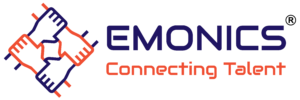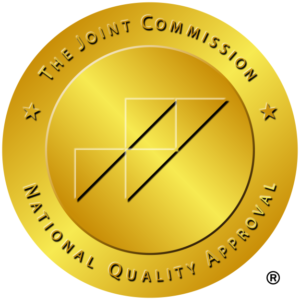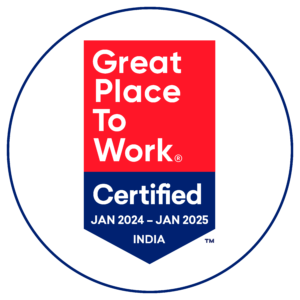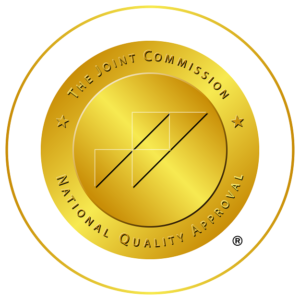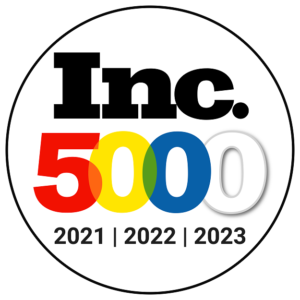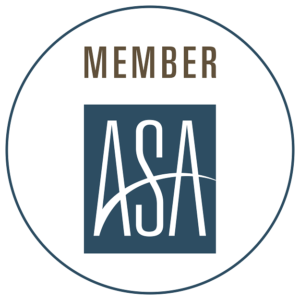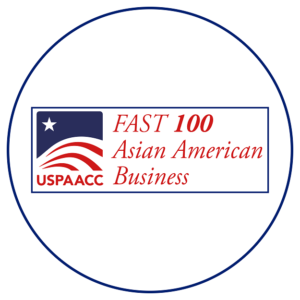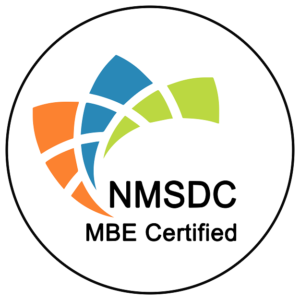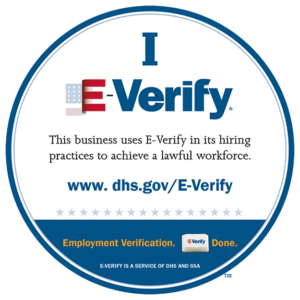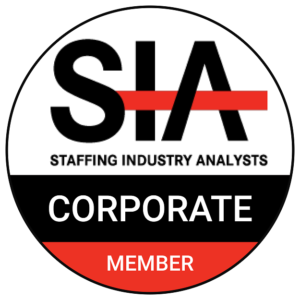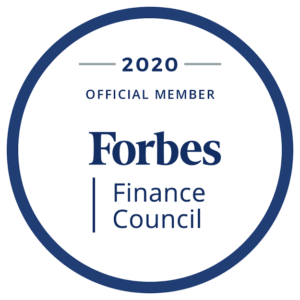Workforce Planning with AI
The explanation for this is that workforce planning needs to put together various kinds of information from both Finance and HR: past performance data calculated differently from one department to another, vague information on the current state of the talent market and the workforce of the organization, and strategies at the company level that can often last up to five years in the future. However, businesses may be able to significantly increase their accuracy by attempting workforce planning using AI technology.
Improve workforce planning with AI
Why was the Hyundai new planning process so impactful? There were a few factors at stake here, as the leadership team did not want to compete for talent with other carmakers that were in a better financial position at the time.
On the one hand, before starting to look for candidates, they went deeper into the positions necessary and converted them into abilities and areas of expertise. The individual company, on the other hand, called on its own subjective awareness of the talent market to discover these abilities outside the automotive industry where it normally employed them. How much quicker and more efficient would the whole exercise of workforce planning have been if an algorithm could have taken over those two actions?
Most of today’s talent resources deal with work titles and business names, but the right AI technology can convert vast job title and business name databases into skill families, sectors, or functional skills. It can also link recruiting needs to financial data and industry insights, making AI workforce planning even more effective than its current alternative.
Talent data platforms allow better AI hiring
True talent AI was not possible before, since there were no accurate datasets to be used by talent teams. In particular, machine learning algorithms can only be genuinely effective if they can, so to speak, use vast quantities of clean, uniform, up-to-date data to learn. Otherwise, they will simply spit out inaccurate guidelines and predictions.
There are already data platforms in other areas of the organization. A data platform is described as an integrated technology solution that allows users, data systems, or other technologies to be managed, accessed, and distributed for strategic business purposes through data located in databases.
Similarly, the foundational technology of the modern talent acquisition tool stack is a Talent Data Platform and serves as the primary source of truth for talent-related knowledge. Done correctly, it becomes the central database that unifies knowledge through solutions and surfaces useful, accurate data to every other talent tool.
More of the workforce planning phase can be owned by the talent operations feature
Talent teams have professionalized their role in talent operations and have brought in professionals who have the right tool for this type of job.
Up to now, workforce planning has been a disjointed exercise in which finance and HR have sought to work together to ensure that immediate and future plans for enterprises are available to individuals. Finance would, much of the time, own the financial part of the exercise. It will predict an average number of hires in each department expected to execute on the company’s 3-year or 5-year plans by looking at past results and future strategic plans. With the resources allocated, the HR company would aim to reach those numbers, and the handover line between the two roles would differ depending on the sector.
Use right information
Talent operations experts have the analytical skills needed to effectively model how talent moves in and out of the business. They will convert plant openings or regional expansions into job openings and recruiting projections, with access to the right details on planned business projects and some help from the Finance team. In order to deliver that part of the workforce planning exercise, they do not need to rely entirely on the finance feature.
Conclusion
It takes time, however, to introduce this form of technology and to upskill recruiters to use it. That is why, if they want to come on top during the next economic cycle, people organizations need to start looking now at workforce planning with AI.
